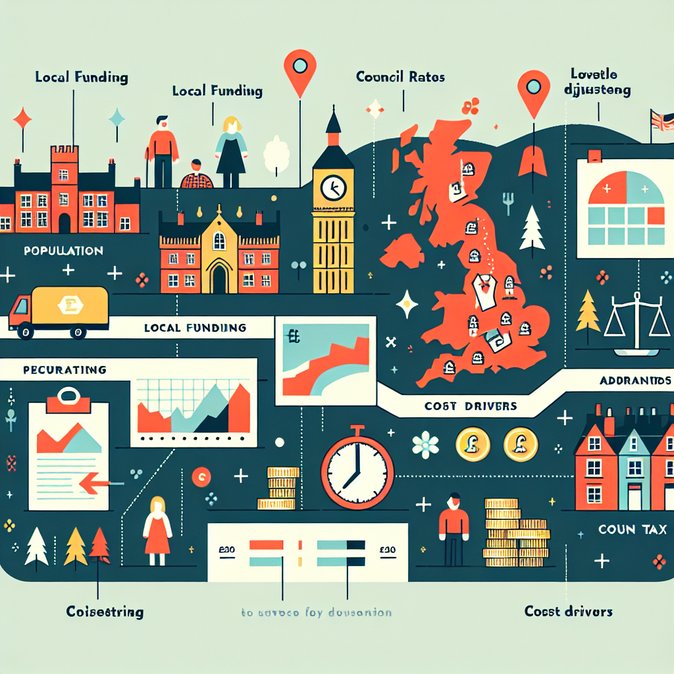
Alongside its quarterly roadmap, the ONS released revised population estimates for every parliamentary constituency, electoral ward and health geography in England and Wales. The bulletin updates mid-2023 and mid-2024 figures and retrospectively corrects mid-2022 numbers after integrating improved migration and prison-population data.
Although most Lower-Layer Super Output Areas moved by less than 2 percent, even tiny shifts matter: the Treasury’s ‘funding-floor’ formula and NHS England’s capitation model both use these datasets. Local authorities with large international-student populations—such as Newcastle and Nottingham—saw the biggest upward revisions, reflecting stronger Home Office visa data.
![Small-area population estimates revised ahead of 2026 funding rounds]()
For HR mobility teams, the refined estimates will feed into 2026 council-tax and service-charge calculations that affect expatriate cost-of-living allowances. Property developers and corporate accommodation providers should also review the new numbers; planners will rely on them when approving large rental-housing schemes near university hubs.
The ONS emphasised that future small-area releases will align automatically with administrative migration feeds, reducing revision cycles. Businesses using geospatial workforce-planning tools should update their population layers to avoid misallocation of resources.
Although most Lower-Layer Super Output Areas moved by less than 2 percent, even tiny shifts matter: the Treasury’s ‘funding-floor’ formula and NHS England’s capitation model both use these datasets. Local authorities with large international-student populations—such as Newcastle and Nottingham—saw the biggest upward revisions, reflecting stronger Home Office visa data.

For HR mobility teams, the refined estimates will feed into 2026 council-tax and service-charge calculations that affect expatriate cost-of-living allowances. Property developers and corporate accommodation providers should also review the new numbers; planners will rely on them when approving large rental-housing schemes near university hubs.
The ONS emphasised that future small-area releases will align automatically with administrative migration feeds, reducing revision cycles. Businesses using geospatial workforce-planning tools should update their population layers to avoid misallocation of resources.










